Home>Furniture & Design>Interior Design Trends>How To Remove Epoxy From Glass
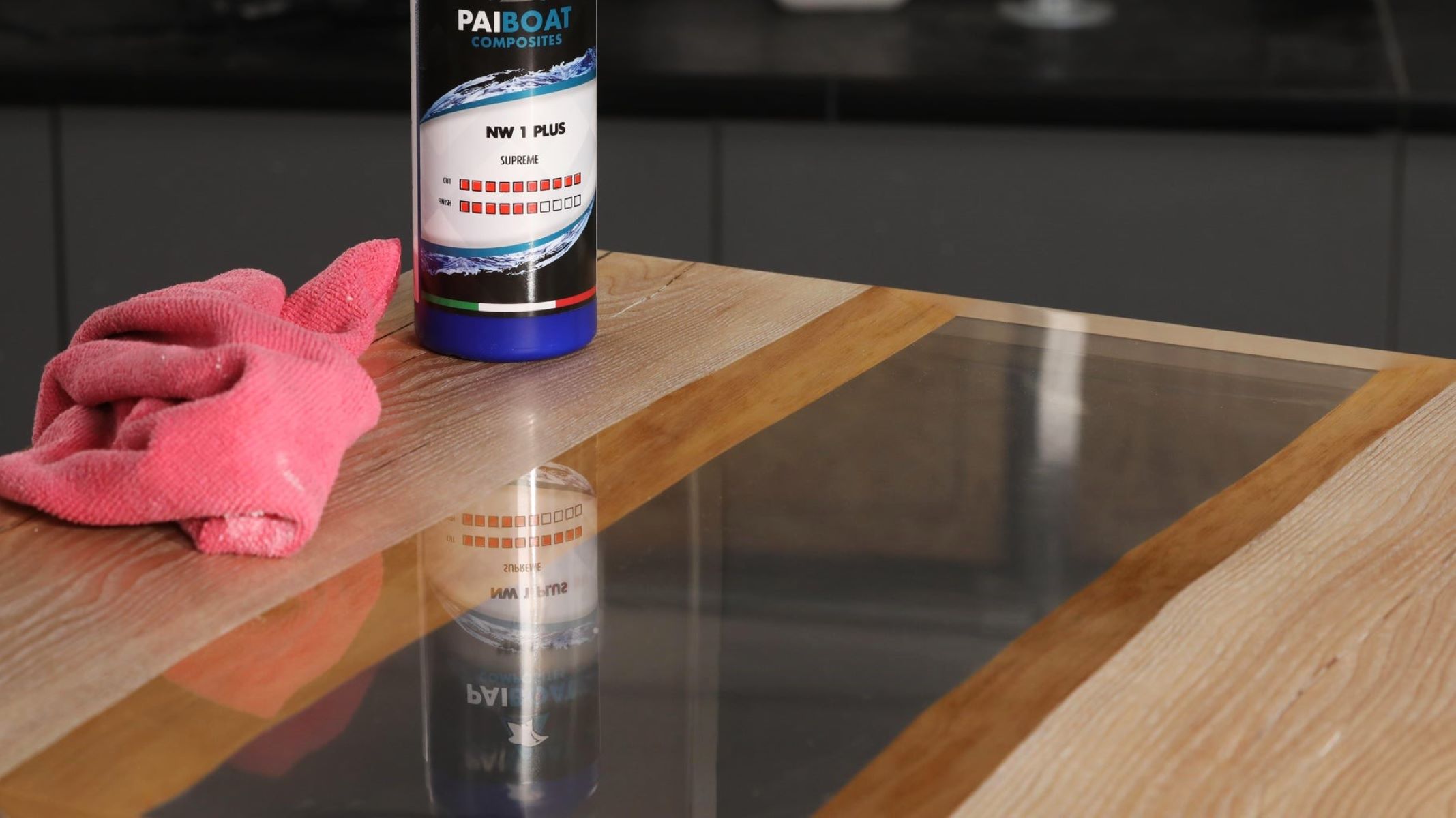

Interior Design Trends
How To Remove Epoxy From Glass
Published: February 5, 2024
Learn the best techniques for removing epoxy from glass surfaces and keep up with the latest interior design trends. Discover effective methods for restoring the pristine look of your glass decor.
(Many of the links in this article redirect to a specific reviewed product. Your purchase of these products through affiliate links helps to generate commission for Storables.com, at no extra cost. Learn more)
Introduction
Removing epoxy from glass surfaces can be a challenging task, especially when dealing with stubborn or cured epoxy. Whether you're a DIY enthusiast or a professional in the field of glasswork, knowing effective methods for removing epoxy from glass is essential. Epoxy adhesives are widely used in various applications due to their strong bonding properties and versatility. However, accidental spills, drips, or unwanted epoxy residues on glass surfaces can be unsightly and may compromise the aesthetic appeal of the glass.
In this comprehensive guide, we will explore various techniques and precautions for safely and effectively removing epoxy from glass. Understanding the nature of epoxy and the characteristics of glass is crucial in determining the most suitable approach for removing epoxy without causing damage to the glass surface. From chemical solvents to mechanical methods, we will delve into the intricacies of each technique, providing insights that cater to different scenarios and preferences.
By gaining a deeper understanding of the methods available for epoxy removal, you can confidently address epoxy-related issues on glass surfaces, whether it's for repairing glassware, removing epoxy spills from windows, or restoring the pristine appearance of glass objects. With the right knowledge and approach, you can tackle epoxy removal with precision and finesse, ensuring that the glass surfaces regain their clarity and luster.
Let's embark on this epoxy removal journey, equipping ourselves with the expertise needed to conquer epoxy challenges and preserve the beauty of glass. Whether you're a seasoned professional or a novice in the realm of epoxy and glass, this guide will serve as a valuable resource, empowering you to tackle epoxy removal tasks with confidence and proficiency.
Key Takeaways:
- Safely remove epoxy from glass using acetone or isopropyl alcohol for fresh spills, and mechanical methods like scraping and sanding for stubborn residues. Prioritize safety with proper ventilation and protective gear.
- Understanding epoxy and glass interaction is crucial for effective removal. Chemical solvents like acetone and isopropyl alcohol soften epoxy, while mechanical methods like scraping and sanding offer hands-on solutions. Always prioritize safety measures.
Read more: How To Remove Overspray From Glass
Understanding Epoxy and Glass
Epoxy is a versatile adhesive known for its exceptional bonding properties and resilience. It is commonly used in various industries, including construction, manufacturing, and crafts. Epoxy adhesives typically consist of two components: resin and hardener. When these components are mixed, a chemical reaction occurs, resulting in a strong and durable bond.
Glass, on the other hand, is a non-crystalline, transparent material with widespread applications in architecture, interior design, and everyday objects. Its smooth and non-porous surface makes it an ideal material for windows, tableware, and decorative items.
When epoxy comes into contact with glass, whether intentionally for bonding purposes or accidentally through spills or drips, it can adhere firmly to the glass surface. Understanding the interaction between epoxy and glass is crucial for devising effective removal methods.
Epoxy adhesives bond well with glass due to the latter's smooth and non-reactive surface. The chemical composition of glass, primarily silica-based, provides an inert and stable foundation for epoxy adhesion. This strong bond makes epoxy removal from glass a challenging task, especially when the epoxy has cured and hardened.
Moreover, the transparency and reflective properties of glass amplify the visibility of epoxy residues, making their removal essential for maintaining the aesthetic appeal of glass surfaces. Whether it's a delicate glass ornament, a functional window, or a decorative glass panel, the presence of epoxy residues can detract from the overall visual appeal and clarity of the glass.
Understanding the nature of epoxy and glass enables us to appreciate the intricacies involved in their interaction. It also underscores the importance of employing safe and effective removal methods that address the specific characteristics of both materials. By delving into the properties of epoxy and glass, we can tailor our approach to epoxy removal, ensuring that the integrity and appearance of the glass surface are preserved throughout the process.
Methods for Removing Epoxy from Glass
When it comes to removing epoxy from glass, several methods can be employed, each with its unique advantages and considerations. Whether dealing with fresh epoxy spills or cured residues, selecting the appropriate removal method is crucial for achieving optimal results without compromising the integrity of the glass surface. Let's explore some effective techniques for removing epoxy from glass:
Using Chemical Solvents
Chemical solvents are commonly utilized for softening and dissolving epoxy residues on glass surfaces. Acetone, a powerful solvent, is often recommended for breaking down cured epoxy. By applying acetone to the affected area and allowing it to penetrate the epoxy, the adhesive bond can be weakened, facilitating the removal process. It's important to exercise caution when using acetone, as it is highly flammable and should be handled in a well-ventilated area.
Additionally, isopropyl alcohol can be effective in softening fresh epoxy spills on glass. By gently rubbing the affected area with a cloth soaked in isopropyl alcohol, the epoxy can be loosened, making it easier to remove without damaging the glass surface. However, it's essential to test the solvent on a small, inconspicuous area of the glass to ensure compatibility and avoid potential damage.
Mechanical Methods
Mechanical methods, such as scraping and sanding, can be employed for removing stubborn epoxy from glass. When dealing with cured epoxy, carefully using a razor blade or a specialized glass scraper can help lift and remove the epoxy without scratching the glass. It's crucial to maintain a gentle and controlled approach to prevent accidental damage to the glass surface during the scraping process.
For larger or thicker epoxy residues, sanding with fine-grit sandpaper can be effective in gradually wearing down the epoxy until it can be peeled or lifted off the glass. This method requires patience and precision to avoid over-sanding and causing abrasions on the glass.
Read more: How To Remove Decals From Glass
Precautions and Safety Measures
Regardless of the chosen method for epoxy removal, it's essential to prioritize safety and take necessary precautions. When working with chemical solvents, proper ventilation and protective gear, such as gloves and goggles, should be utilized to minimize exposure and potential health risks. Additionally, handling sharp tools during mechanical removal requires careful attention to prevent accidents and ensure the safety of the glass and the individual performing the removal.
By considering the characteristics of the epoxy and the specific attributes of the glass surface, the most suitable removal method can be selected, ensuring effective epoxy removal while safeguarding the integrity of the glass. Whether opting for chemical solvents or employing mechanical techniques, a meticulous and cautious approach is essential for achieving successful epoxy removal from glass surfaces.
This comprehensive exploration of epoxy removal methods equips individuals with the knowledge and insights needed to address epoxy-related challenges on glass surfaces effectively. By understanding the nuances of each removal technique and embracing safety measures, one can confidently tackle epoxy removal tasks, restoring the pristine appearance of glass with precision and care.
Using Chemical Solvents
Chemical solvents are a popular choice for removing epoxy from glass due to their ability to soften and dissolve the adhesive without causing damage to the glass surface. One of the most widely used solvents for this purpose is acetone. Acetone is known for its powerful solvent properties, making it effective in breaking down cured epoxy residues. When applied to the affected area, acetone penetrates the epoxy, weakening its bond with the glass and facilitating the removal process. However, it's crucial to handle acetone with care, as it is highly flammable and should be used in a well-ventilated area to minimize health risks.
In addition to acetone, isopropyl alcohol can be utilized for softening fresh epoxy spills on glass surfaces. By gently rubbing the affected area with a cloth soaked in isopropyl alcohol, the epoxy can be loosened, making it easier to remove without causing damage to the glass. It's important to conduct a compatibility test by applying the solvent to a small, inconspicuous area of the glass to ensure that it does not adversely affect the surface.
When using chemical solvents, it's essential to follow safety guidelines to minimize potential risks. Proper ventilation is crucial when working with solvents to prevent inhalation of fumes. Additionally, wearing protective gear such as gloves and goggles is recommended to minimize skin contact and protect the eyes from potential splashes. By adhering to safety measures, individuals can effectively utilize chemical solvents for epoxy removal while safeguarding their well-being.
The use of chemical solvents provides a versatile and effective approach to removing epoxy from glass, catering to both fresh spills and cured residues. By understanding the properties of different solvents and their compatibility with glass surfaces, individuals can confidently employ these methods to restore the clarity and pristine appearance of glass objects. Whether it's for removing epoxy from glassware, windows, or decorative glass items, the strategic use of chemical solvents offers a reliable solution for addressing epoxy-related challenges with precision and care.
Mechanical Methods
Mechanical methods for removing epoxy from glass offer a hands-on approach that can be effective for tackling stubborn or cured epoxy residues. When dealing with cured epoxy, carefully using a razor blade or a specialized glass scraper can help lift and remove the epoxy without scratching the glass. It's crucial to maintain a gentle and controlled approach to prevent accidental damage to the glass surface during the scraping process.
For larger or thicker epoxy residues, sanding with fine-grit sandpaper can be effective in gradually wearing down the epoxy until it can be peeled or lifted off the glass. This method requires patience and precision to avoid over-sanding and causing abrasions on the glass. By employing gradual and controlled sanding motions, individuals can effectively reduce the thickness of the epoxy layer, making it easier to remove without compromising the integrity of the glass surface.
When utilizing mechanical methods for epoxy removal, it's essential to exercise caution and precision to prevent unintended damage to the glass. The use of sharp tools such as razor blades or glass scrapers requires a delicate touch to ensure that only the epoxy is targeted for removal, leaving the glass surface unharmed. Additionally, when employing sanding techniques, the use of fine-grit sandpaper and a gentle, consistent motion is key to gradually wearing down the epoxy without causing scratches or abrasions on the glass.
By combining patience, precision, and a meticulous approach, mechanical methods offer a practical and hands-on solution for removing epoxy from glass surfaces. Whether it's addressing cured epoxy residues or tackling larger spills, the careful application of mechanical techniques can restore the pristine appearance of glass objects without compromising their integrity. With a focus on controlled and deliberate actions, individuals can confidently utilize mechanical methods to achieve successful epoxy removal, ensuring that the clarity and luster of glass surfaces are preserved throughout the process.
Precautions and Safety Measures
When undertaking the task of removing epoxy from glass, prioritizing safety and taking necessary precautions is paramount to ensure a secure and controlled working environment. Regardless of the chosen method for epoxy removal, whether it involves chemical solvents or mechanical techniques, adhering to safety measures is essential to safeguard both the individual performing the removal and the integrity of the glass surface.
Read more: How To Remove Glass From Skin
Chemical Solvents
When working with chemical solvents such as acetone and isopropyl alcohol, it is crucial to prioritize safety at every stage of the process. Proper ventilation is essential to minimize exposure to solvent fumes, especially in enclosed or poorly ventilated spaces. Adequate ventilation helps disperse potentially harmful vapors, reducing the risk of inhalation and promoting a safer working environment.
Additionally, wearing appropriate protective gear, including gloves and goggles, is highly recommended when handling chemical solvents. Gloves provide a barrier between the skin and the solvent, minimizing direct contact and potential skin irritation. Goggles protect the eyes from accidental splashes or exposure to solvent vapors, ensuring the safety of the individual performing the epoxy removal.
Before applying any chemical solvent to the glass surface, conducting a compatibility test is essential to assess the potential impact of the solvent on the glass. This involves applying a small amount of the solvent to a discreet area of the glass and observing any adverse reactions. By conducting a compatibility test, individuals can mitigate the risk of unintended damage to the glass surface and ensure that the chosen solvent is suitable for the task at hand.
Mechanical Methods
When employing mechanical methods, such as scraping with razor blades or sanding with fine-grit sandpaper, it is crucial to exercise caution and precision to prevent accidental damage to the glass. Sharp tools should be handled with care, and a controlled approach should be maintained to target the epoxy without causing scratches or abrasions on the glass surface.
Proper handling and storage of sharp tools are essential to minimize the risk of accidents. Ensuring that razor blades and glass scrapers are securely stored when not in use reduces the likelihood of unintended injuries. Additionally, using fine-grit sandpaper and maintaining a consistent, gentle motion during sanding helps prevent over-sanding and minimizes the risk of causing damage to the glass.
By prioritizing safety and adhering to precautionary measures, individuals can confidently undertake epoxy removal from glass surfaces, ensuring a secure and controlled working environment while preserving the integrity and appearance of the glass. Whether utilizing chemical solvents or mechanical techniques, a safety-focused approach is essential for achieving successful epoxy removal with precision and care.
Use a heat gun or hair dryer to warm up the epoxy on the glass. Once it softens, carefully scrape it off with a razor blade or putty knife. Be sure to wear gloves and work in a well-ventilated area.
Conclusion
In conclusion, the process of removing epoxy from glass surfaces encompasses a diverse range of methods and considerations, each tailored to address specific challenges and scenarios. Whether dealing with fresh spills or stubborn, cured residues, the effective removal of epoxy from glass requires a combination of expertise, precision, and a keen understanding of the characteristics of both epoxy adhesives and glass surfaces.
Throughout this comprehensive guide, we have explored the intricacies of utilizing chemical solvents and mechanical methods for epoxy removal, emphasizing the importance of safety measures and precautionary steps. The strategic use of acetone and isopropyl alcohol as chemical solvents offers a versatile approach to softening and dissolving epoxy, catering to different types of epoxy residues on glass. Additionally, the application of mechanical methods, such as scraping and sanding, provides a hands-on solution for addressing cured epoxy while maintaining the integrity of the glass surface.
It is essential to underscore the significance of safety when undertaking epoxy removal tasks. Whether working with chemical solvents or employing mechanical techniques, prioritizing proper ventilation, protective gear, and a cautious approach is crucial to ensure a secure and controlled working environment. By adhering to safety measures, individuals can confidently navigate the process of epoxy removal, safeguarding their well-being and the pristine appearance of the glass.
As individuals embark on epoxy removal endeavors, whether for personal projects or professional endeavors, the insights and techniques presented in this guide serve as a valuable resource, empowering them to address epoxy-related challenges with confidence and proficiency. By understanding the nuances of epoxy and glass interaction and embracing safety measures, individuals can effectively restore the clarity and luster of glass surfaces, ensuring that unwanted epoxy residues are successfully removed without compromising the visual appeal of the glass.
In essence, the process of removing epoxy from glass is a delicate yet rewarding endeavor, offering the opportunity to preserve the beauty and functionality of glass objects and surfaces. With a combination of knowledge, precision, and a safety-focused approach, individuals can navigate epoxy removal tasks with finesse, ensuring that the inherent elegance and transparency of glass are upheld throughout the removal process. Whether it's for repairing glassware, restoring windows, or enhancing the aesthetic appeal of decorative glass items, the art of epoxy removal from glass surfaces is a testament to the meticulous care and expertise applied to preserve the timeless allure of glass.
Frequently Asked Questions about How To Remove Epoxy From Glass
Was this page helpful?
At Storables.com, we guarantee accurate and reliable information. Our content, validated by Expert Board Contributors, is crafted following stringent Editorial Policies. We're committed to providing you with well-researched, expert-backed insights for all your informational needs.
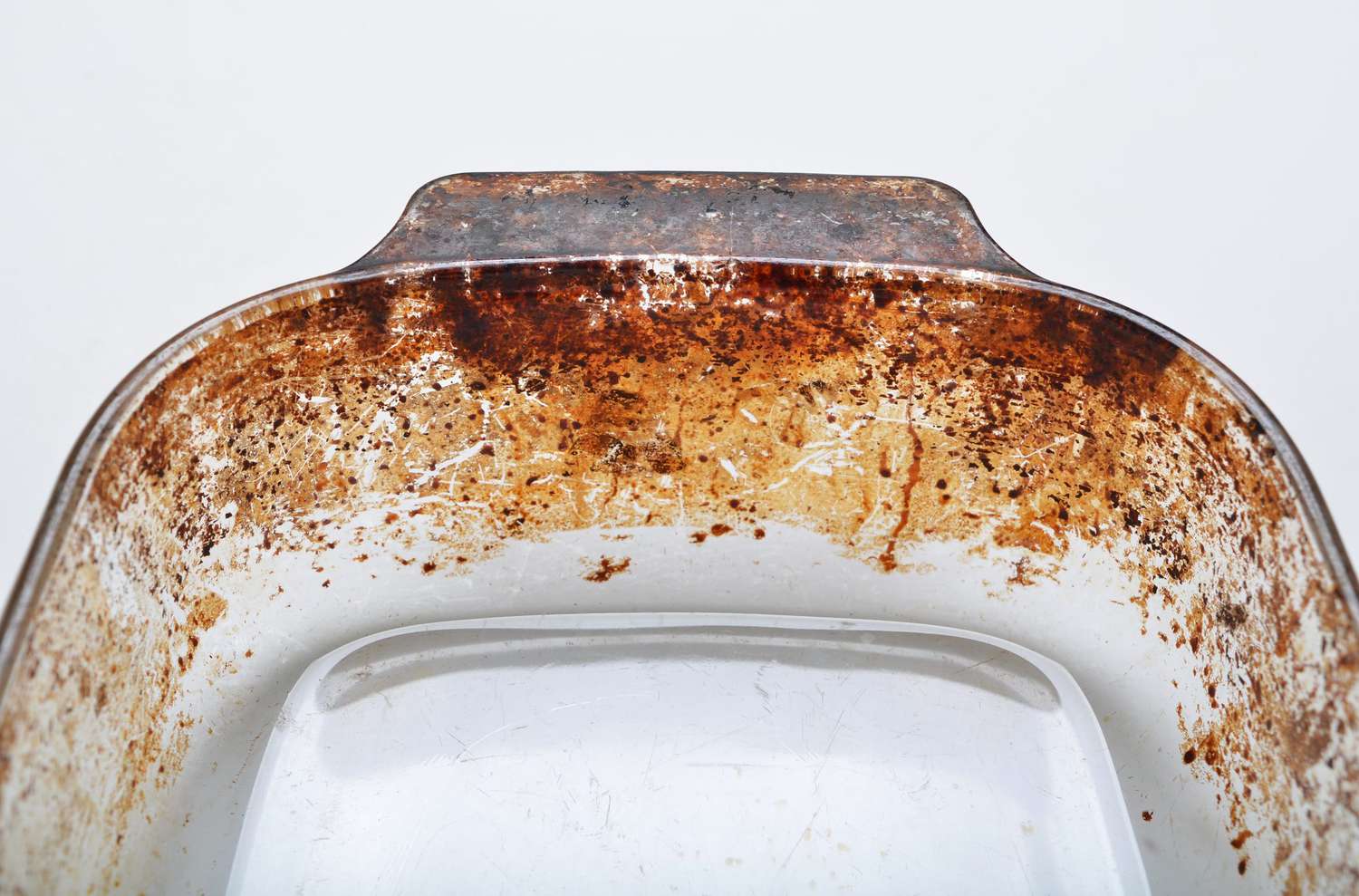
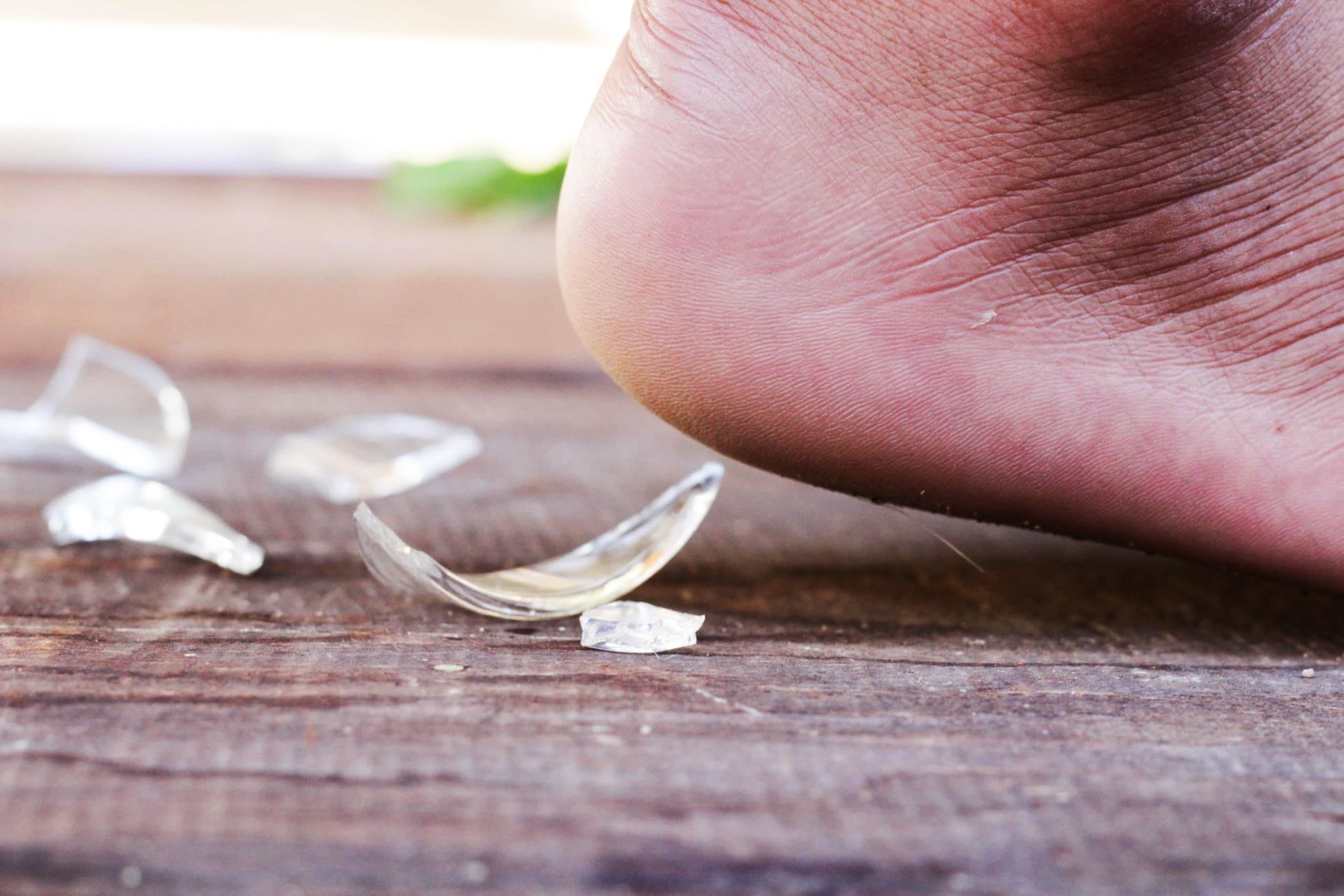
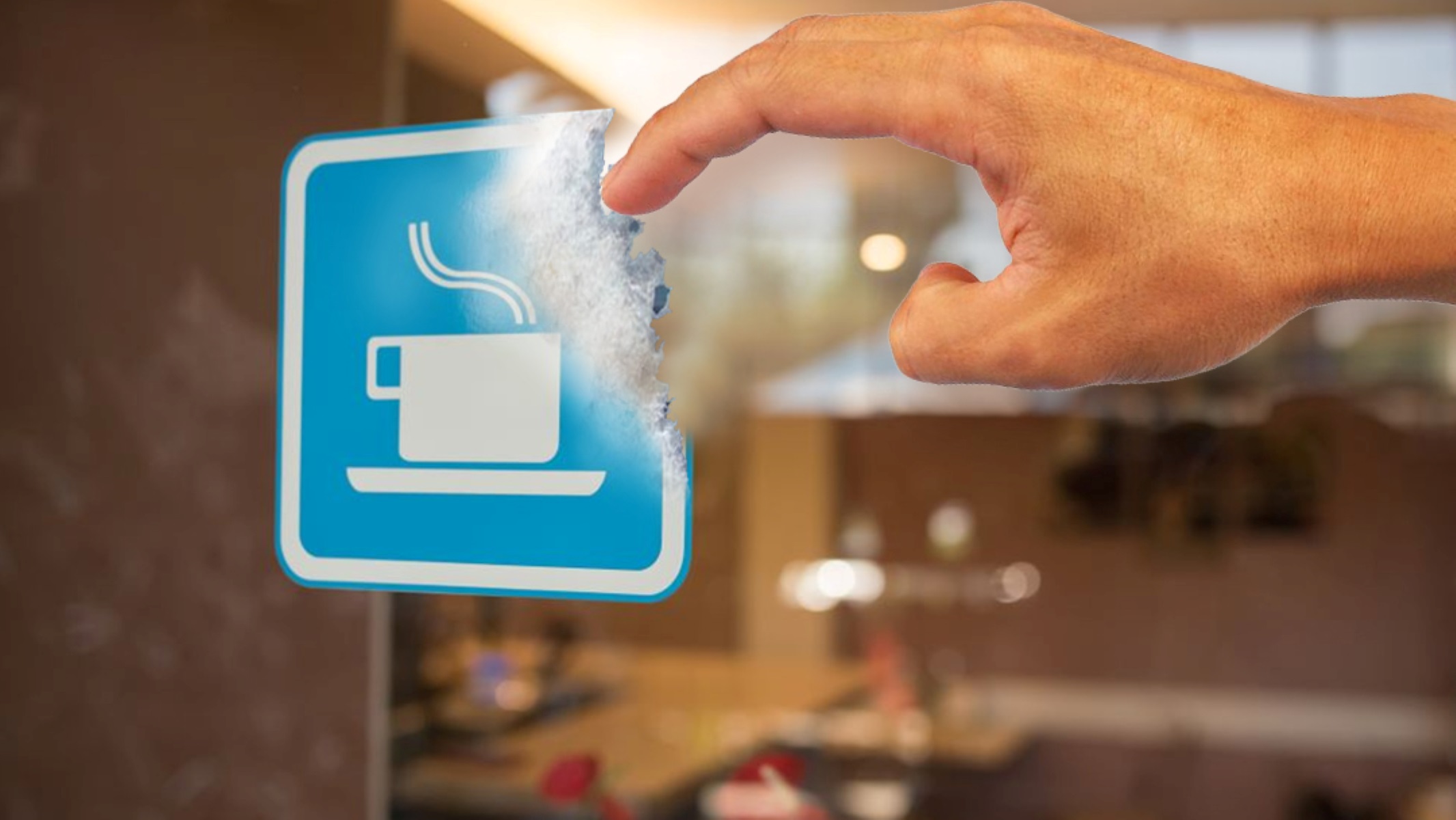
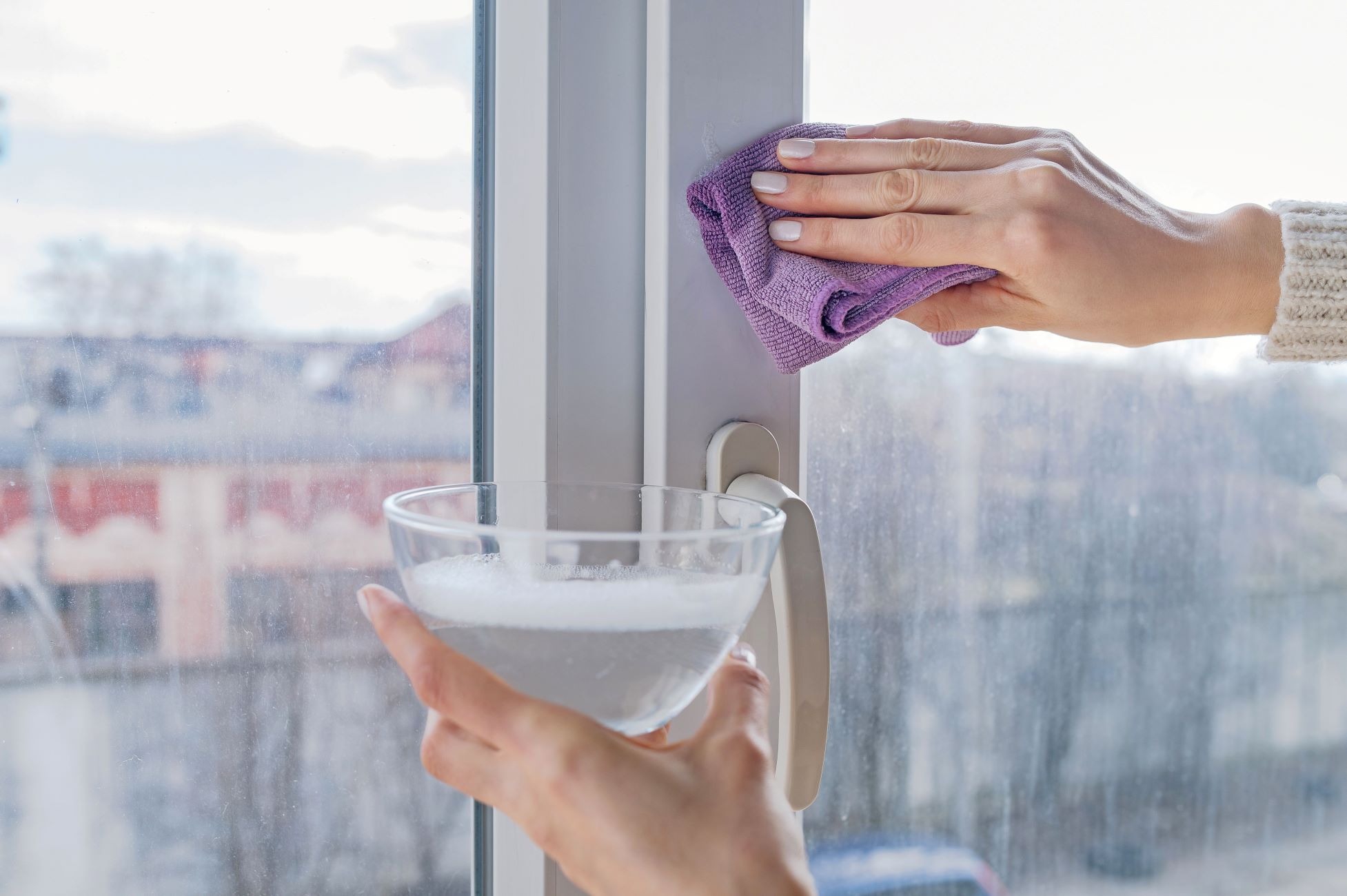
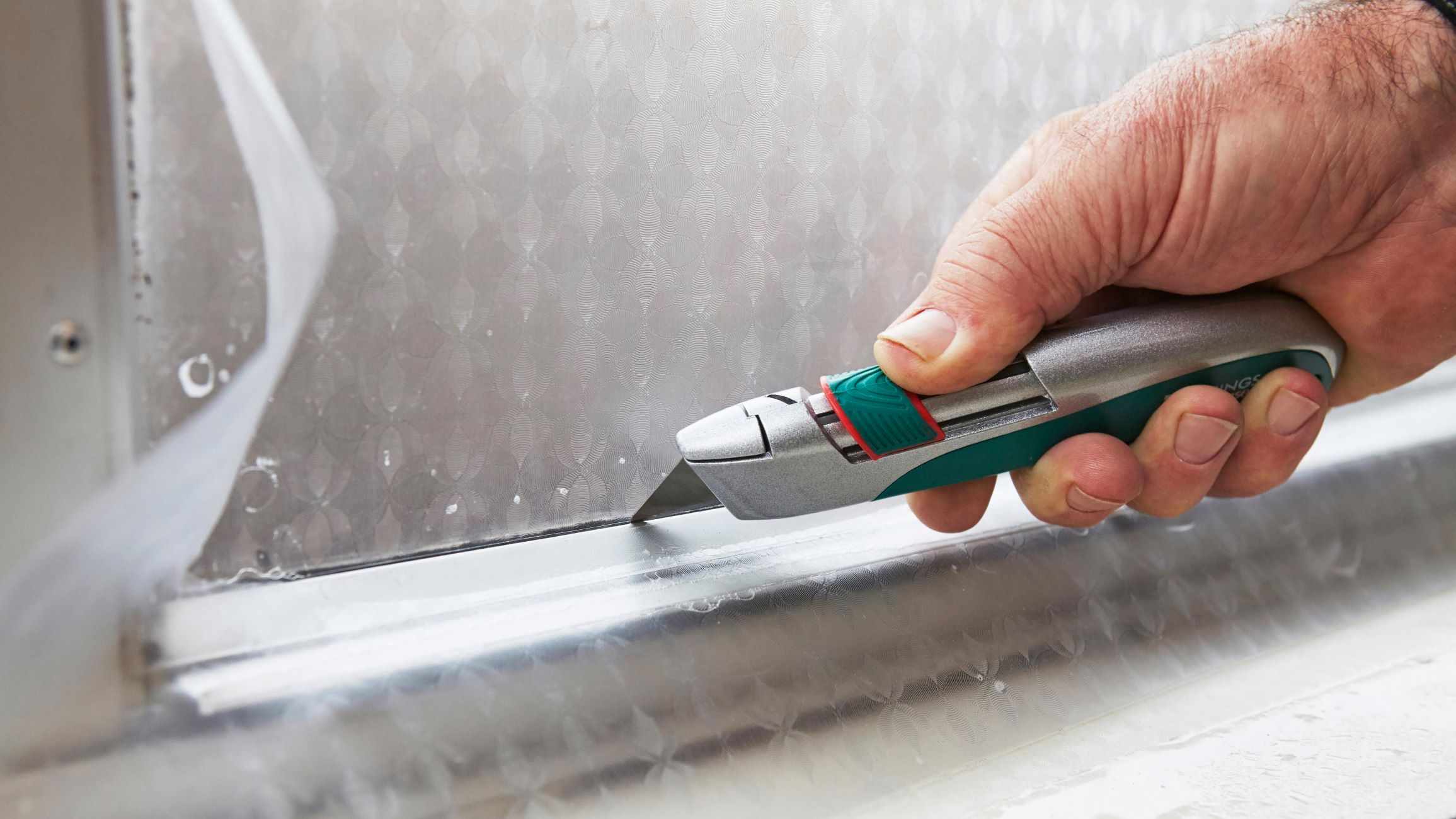
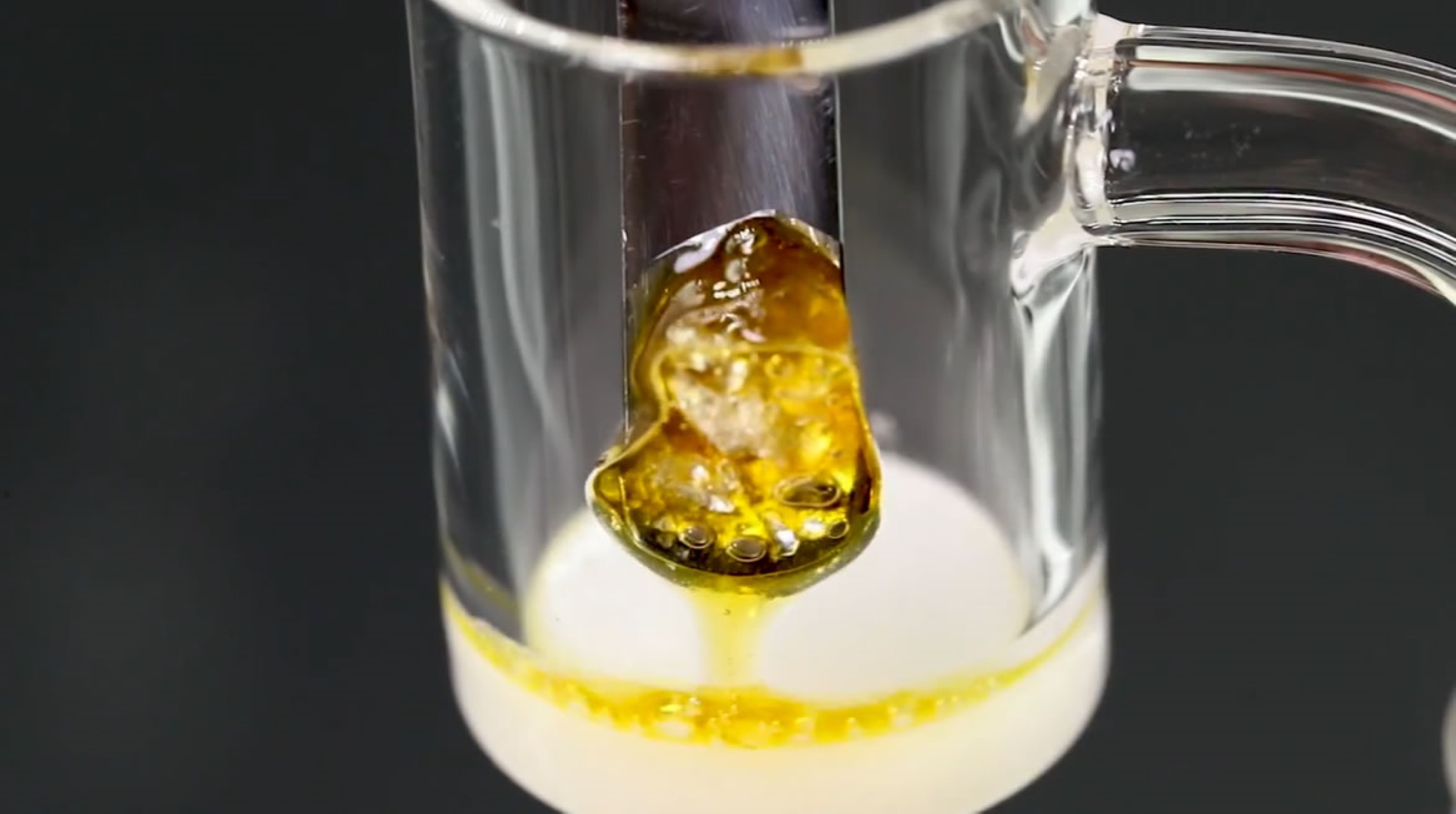
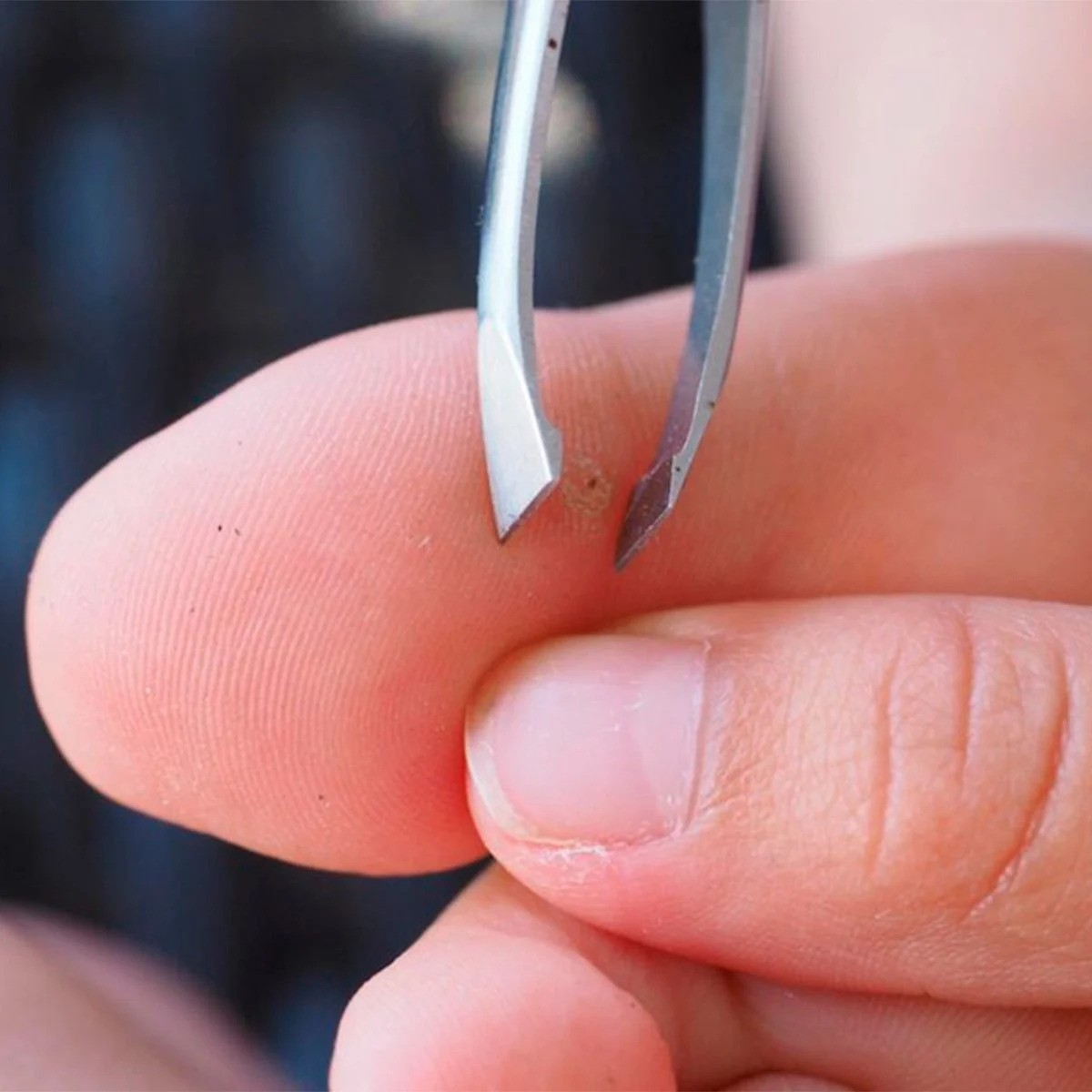
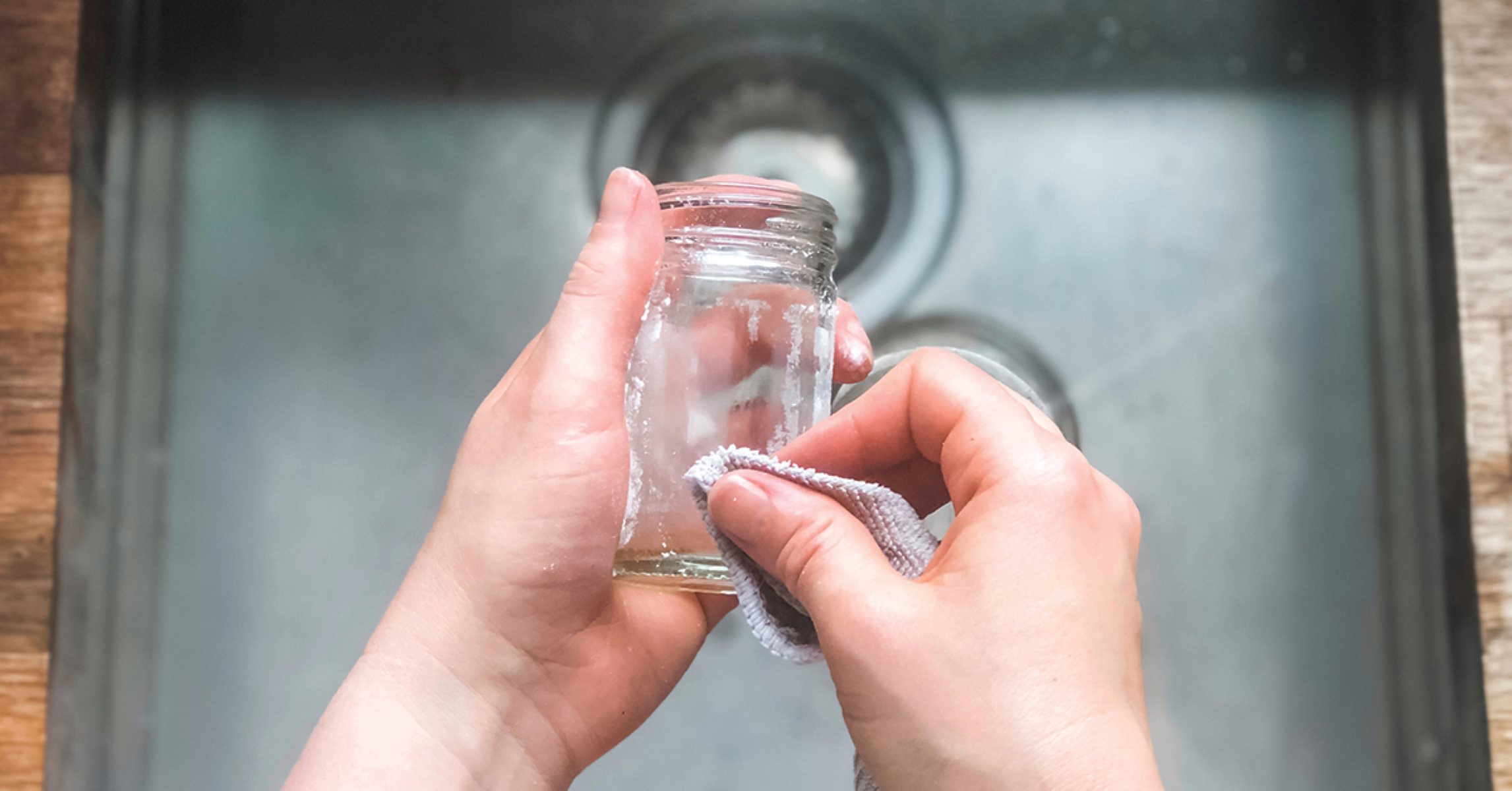
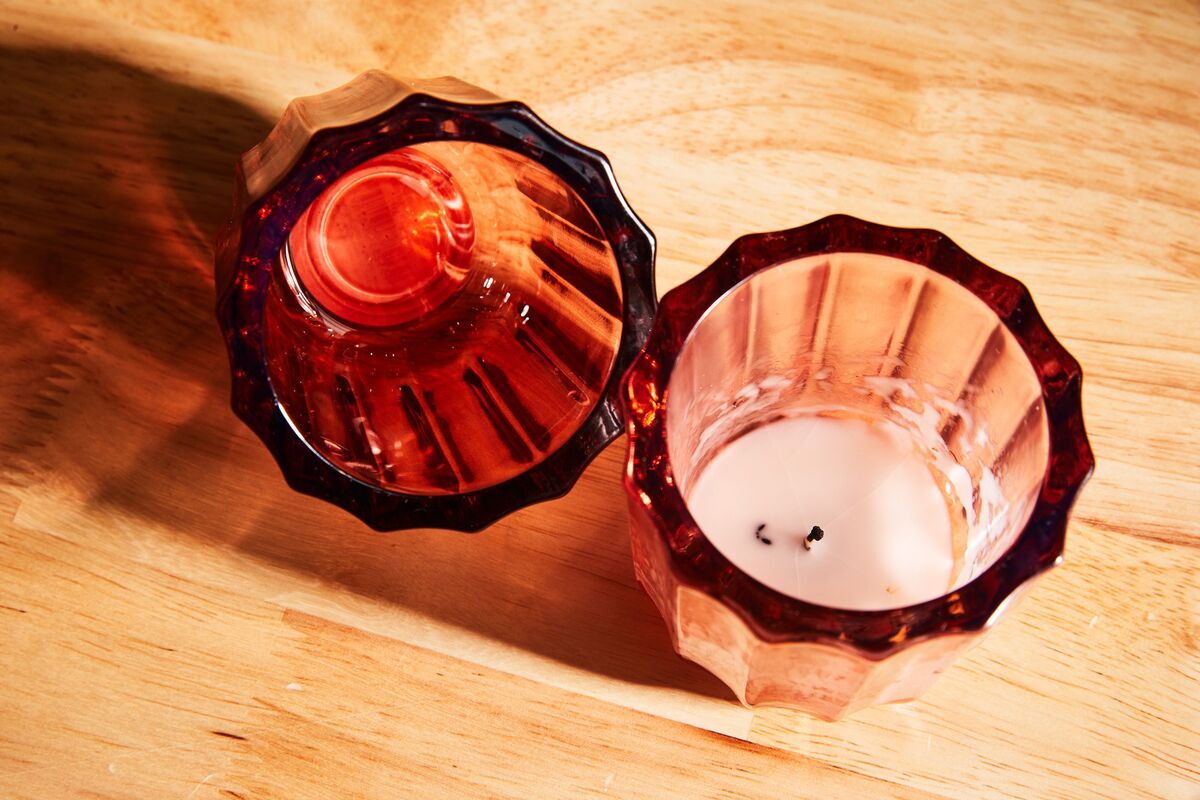
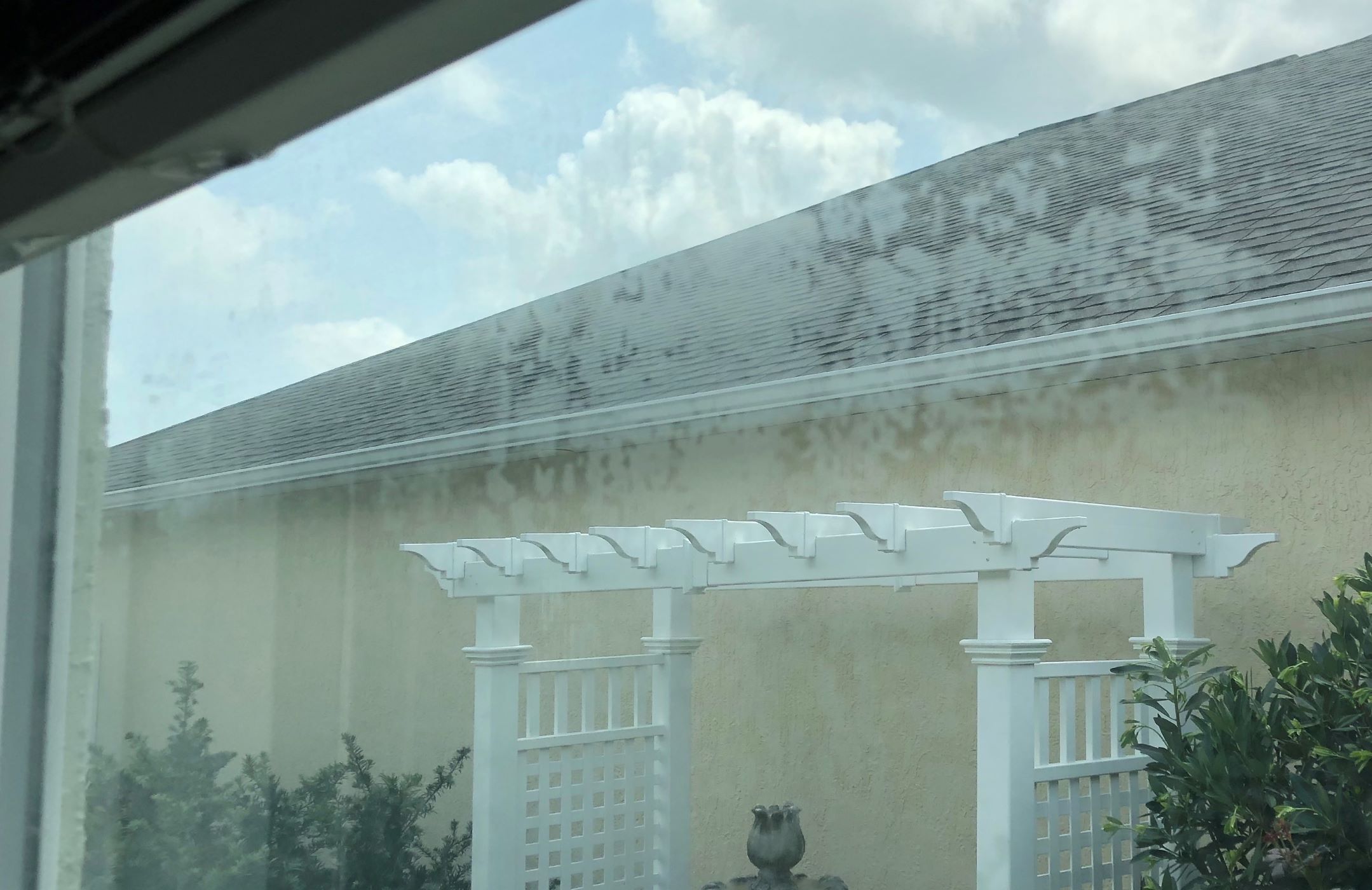
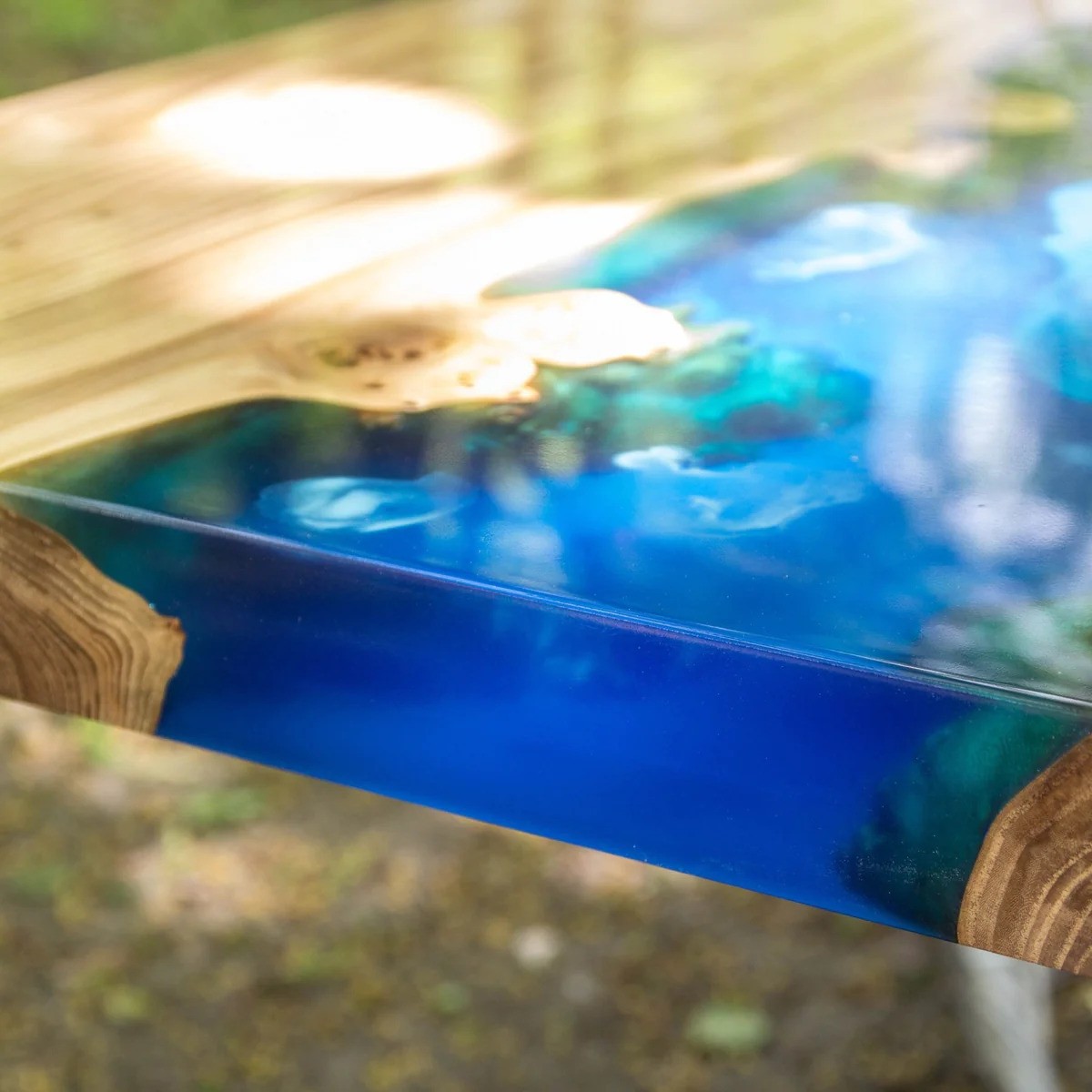
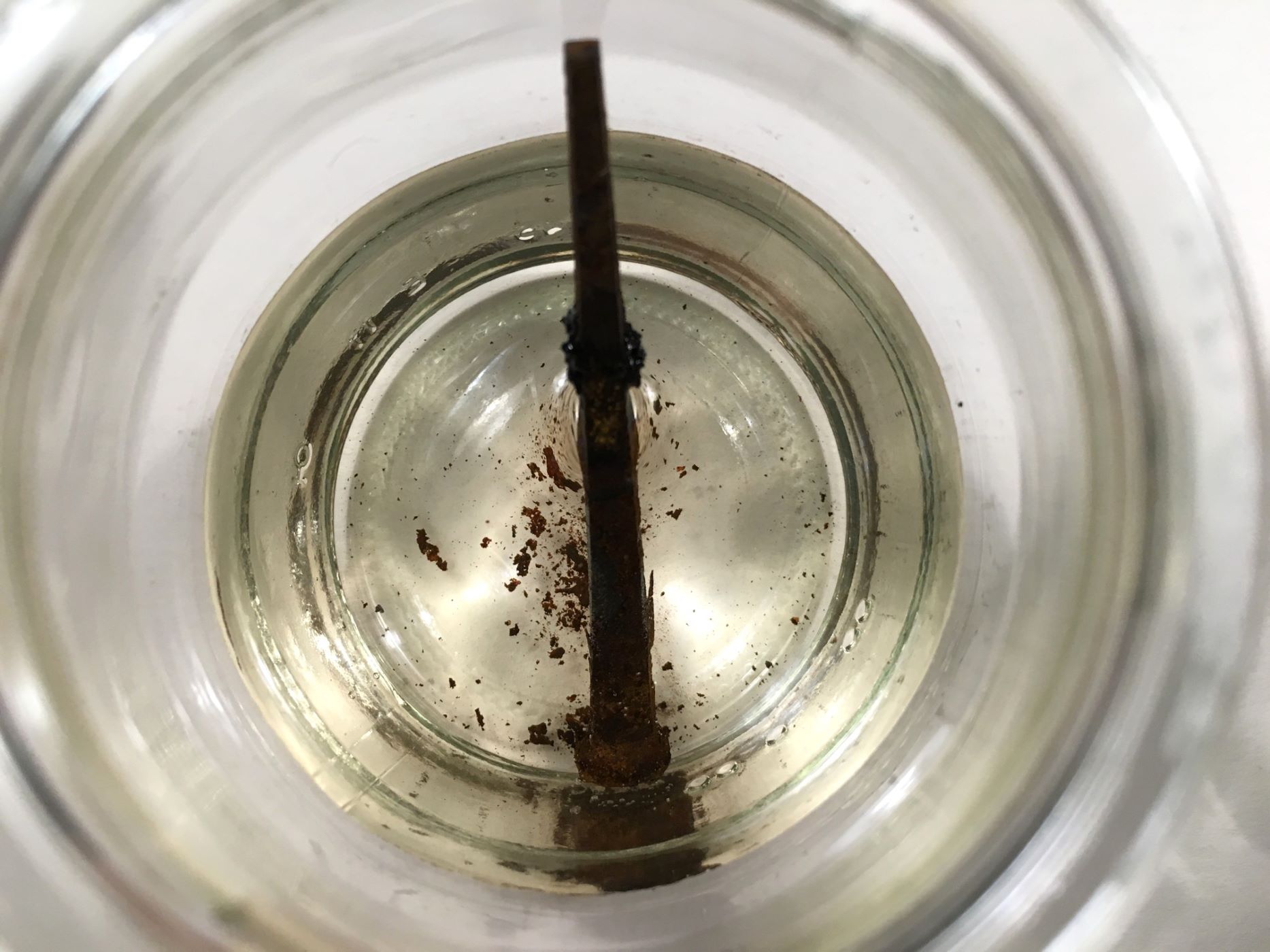
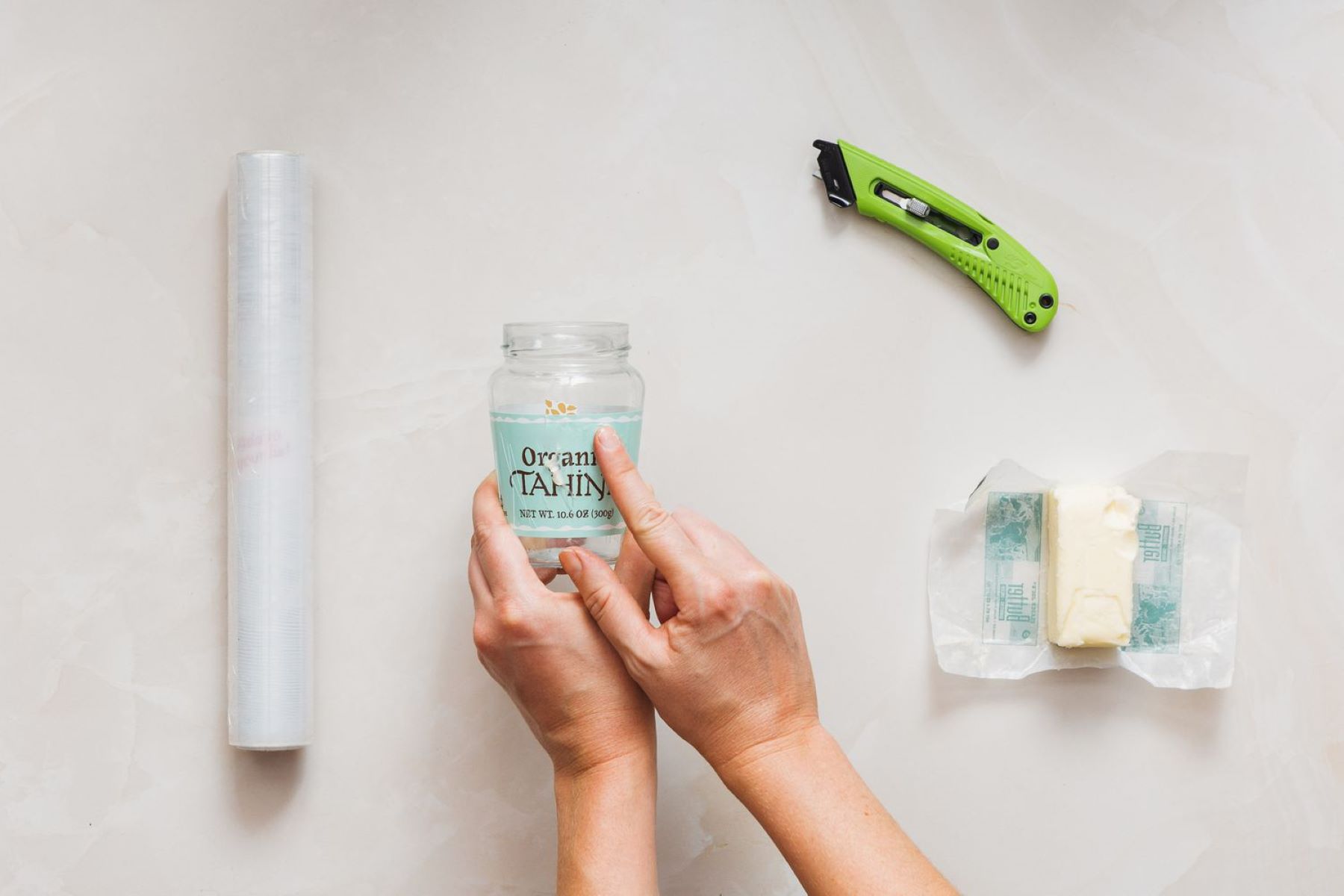

0 thoughts on “How To Remove Epoxy From Glass”